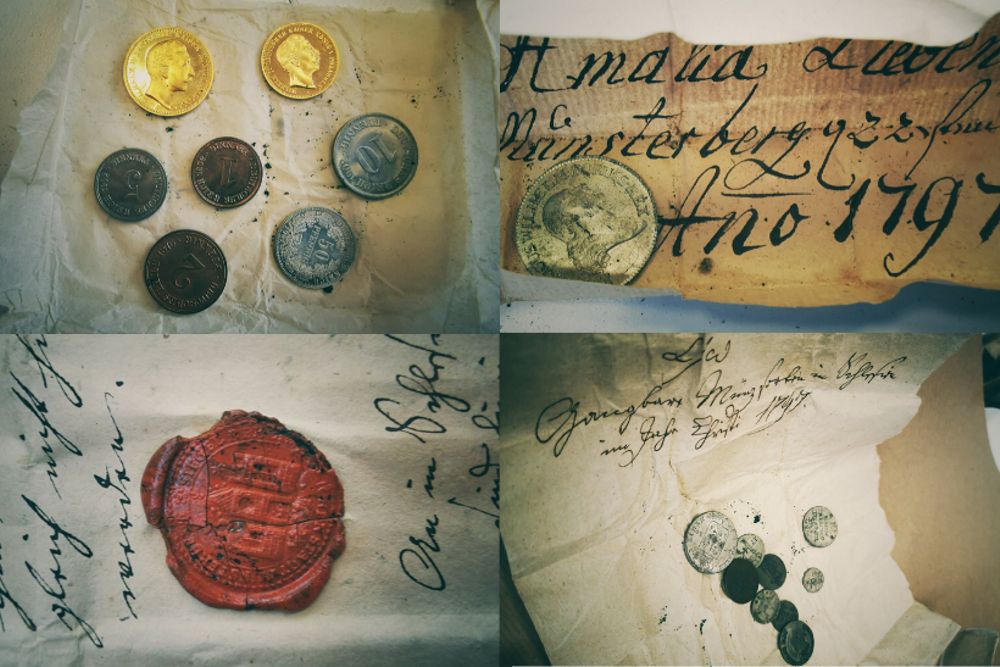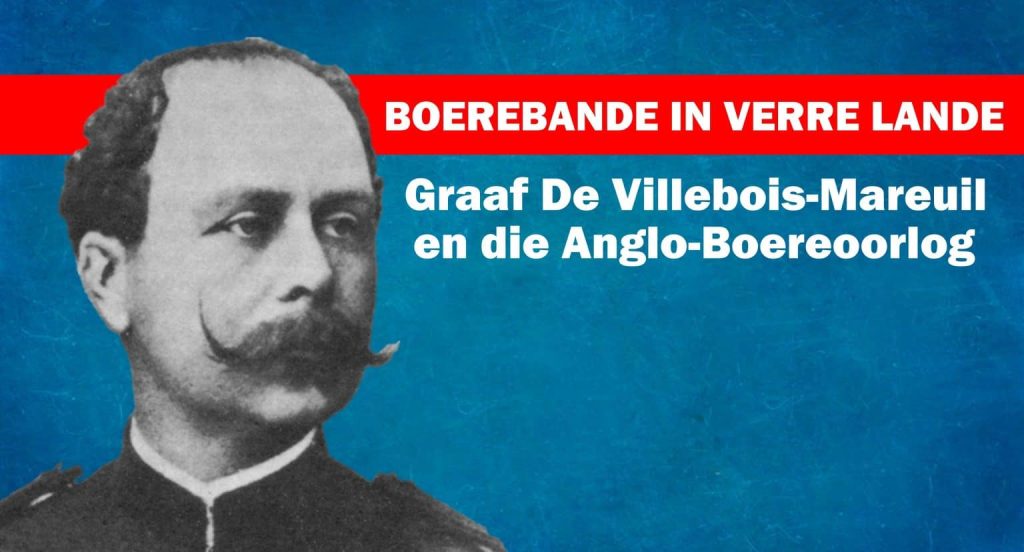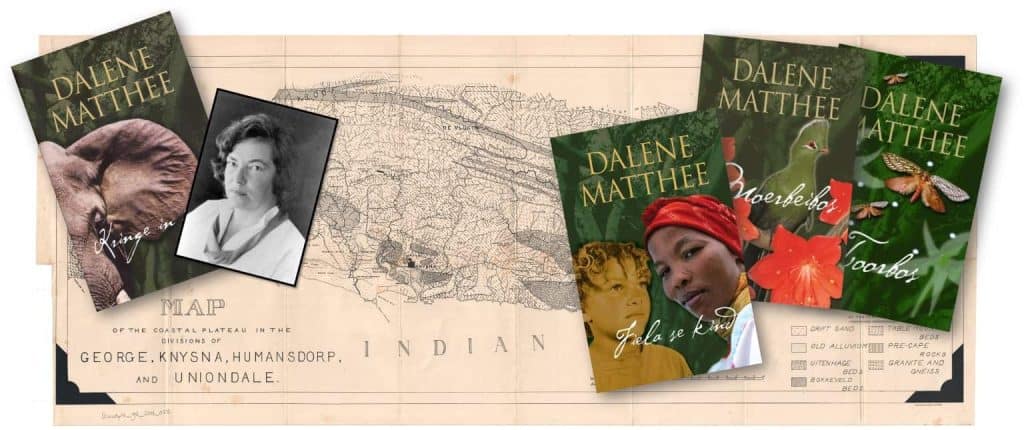Photo: Gmina Ziębice Facebook
For anyone interested in cultural history, a time capsule is a fascinating concept. Figuratively, “time capsule” refers to any space or event that makes one feel as if you have moved back in the past. But then there is also the literal time capsule, a container that is usually filled with objects that are characteristic of their time and sometimes also a message addressed to strangers in the future. It is usually buried or hidden somewhere to be discovered in the future to remind people of their predecessors. Some capsules even have the lofty purpose of conveying information to archaeologists or historians. The build-in or burial of a time capsule in the cornerstone of buildings and monuments has also become a popular tradition.
Although treasures have been buried for thousands of years to preserve them, it seems that the deliberate creation of a time capsule with a collection of everyday goods and messages for the future is a more recent use, occurring since the eighteenth century. The word “time capsule” was first coined in 1938.
As far as I know, the oldest example dates from 4 July 1795; the famous Paul Revere and Samuel Adams, the then governor of Massachusetts, at that time engraved a time capsule in the cornerstone of the Massachusetts State House in Boston during an impressive ceremony. It was discovered in 1855 when the building was repaired. The conservation experts at the time decided to repackage the contents, which was previously packed in lead, in a copper container and bury it again. In December 2014, the capsule was rediscovered when workers tried to repair a water leak. Historians differed on whether it should be opened or not, but because the water damage to that part of the building was serious, they were unsure whether the contents had been preserved at all and so it was opened anyway. The process took five hours because they worked with great care. To everyone’s relief, the content was in good condition. It consisted of, among other things, a silver plaque, coins (the oldest of which was minted in 1652) and newspapers. Some of the items were in the original capsule, others were added by the 1855 work team. Conservation experts are currently restoring everything.
In May this year (2020), the oldest known time capsule was found in Europe. It was hidden in the tower of a church in the town of Ziębice in Poland, and it was discovered, as in the American case, during repairs. The capsule is also made of copper and contains coins, books and documents dating from the eighteenth century. There were bullet holes in the tower, possibly from the time the Red Army invaded this area in 1945, yet the capsule was miraculously preserved. The documentation in it contains, among other things, information about people who donated money for the church building project and the builders who erected it. It also confirms that the capsule was placed there in 1797 when the church was erected. At that time, the town was still known as Münsterberg and was still part of the kingdom of Prussia. With the container, there were documentation and photographs from 1902, when repairs were done to the church. It was decided that the find would be exhibited in the town museum.
A more worrying story is that of the time capsule created by the crew of the passenger ship, 50 Years of Victory. In 2018, they reached the North Pole and filled a metal cylinder with letters, poems, beer coasters, corks of wine bottles, photos, a menu and other contemporary objects and buried them in the ice. They believed that if the ice melted in the distant future, humans would discover this evidence of their existence. In November 2020, a couple found the cylinder on a beach at the north-western tip of Ireland – evidence of the disturbing speed at which the polar ice is currently melting.
In 2020, several other time capsules were discovered – one only needs to search “time capsule found” to find out more about this.
In South Africa, too, time capsules are being used to establish new traditions. Since 1988 matric groups at Hoërskool Monument, for example, have left capsules with contemporary souvenirs for the matrics of five years later. This year’s group opened the capsule of the 2016 matrics. It contained, among other things, an under-16 rugby jersey, a revue umbrella, a program of the freshman concert, photos of the matrics, netball, rugby and cricket clothes, as well as a letter from one of the 2016 matrics. In turn, the 2020 group again packed one for the 2024 matrics.
In 2013, on the occasion of the 175th anniversary of the Great Trek, people who attended the Festival of the Covenant at the Voortrekker Monument were asked to write messages that were placed in a special time capsule. These will only be opened and read in 2038.
AfriForum has also undertaken similar actions. In December 2019, the Brakpan branch buried a time capsule on the grounds of Laerskool Môrewag in celebration of the town’s hundredth anniversary. It contains the Brakpan Herald of 29 November 2019. The public, businesses and schools were also requested in advance to donate items that could be placed in the time capsule. According to a report in the Brakpan Herald, the capsule contains school clothes and records from Laerskool Môrewag, records from Laerskool Dalview, CDs of artists who performed at the centenary celebrations, pamphlets and brochures from businesses in the area, a centenary journal, contemporary coins, a cell phone, a digital camera, a wristwatch, toys, a can of beer, a bottle of port, a little mampoer and seeds. The history of AfriForum’s Brakpan branch, from the establishment in 2016 to 2019, has also been added. A large plastic drum was used as a capsule and the hole was dug very deep to scare away treasure hunters. The plan is for it to be excavated and opened in 50 years.
Would you like to leave a message for your grandchildren or future generations? Then a time capsule is just the thing for you. Just mark the place where you store it thoroughly … or rather not if you want to surprise them!




















